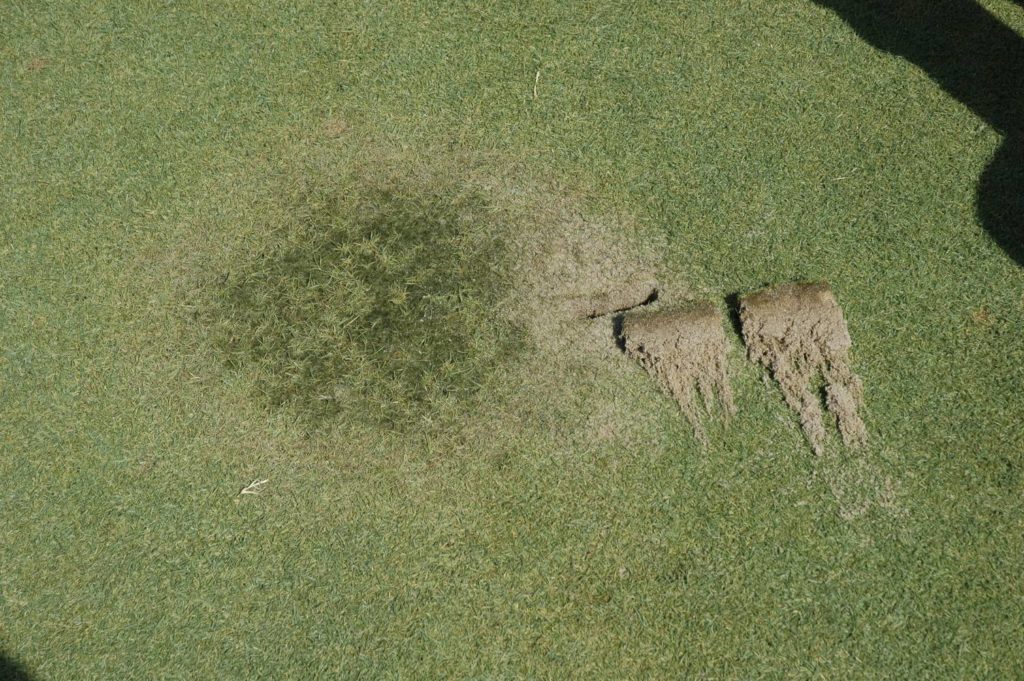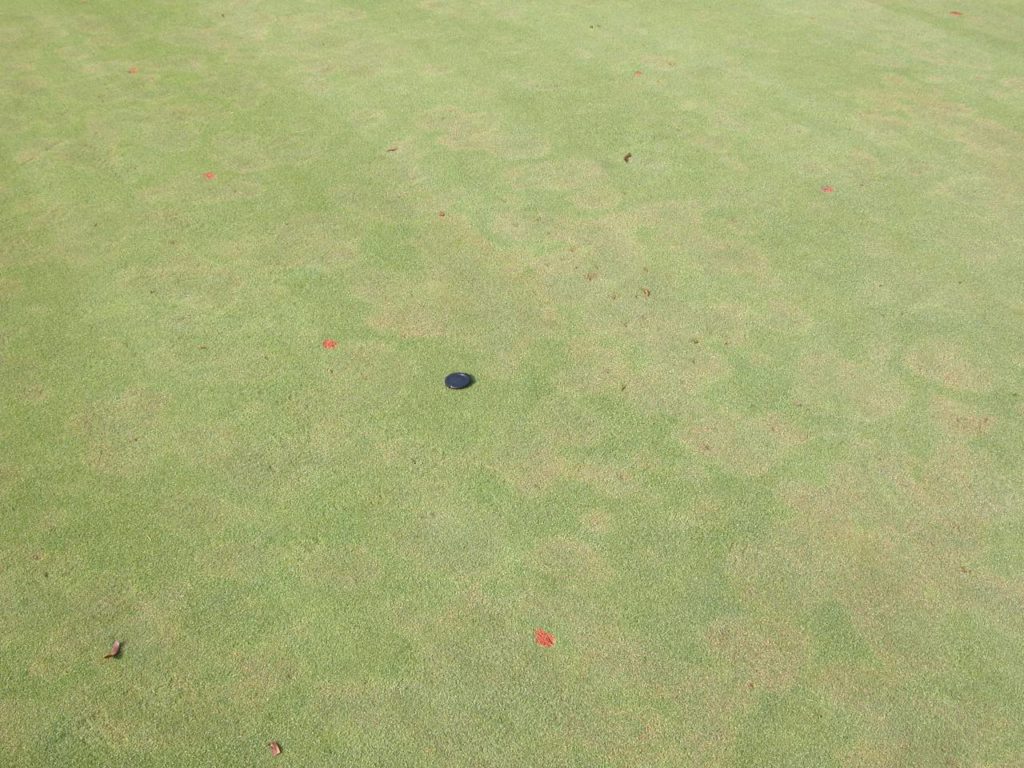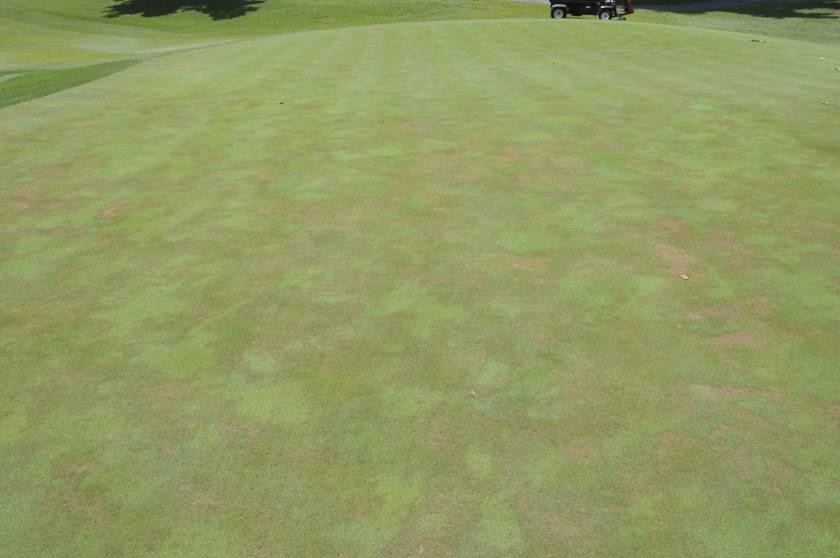Does Pythium Root Dysfunction Equal Pythium Root Rot?
go.ncsu.edu/readext?718374
en Español / em Português
El inglés es el idioma de control de esta página. En la medida en que haya algún conflicto entre la traducción al inglés y la traducción, el inglés prevalece.
Al hacer clic en el enlace de traducción se activa un servicio de traducción gratuito para convertir la página al español. Al igual que con cualquier traducción por Internet, la conversión no es sensible al contexto y puede que no traduzca el texto en su significado original. NC State Extension no garantiza la exactitud del texto traducido. Por favor, tenga en cuenta que algunas aplicaciones y/o servicios pueden no funcionar como se espera cuando se traducen.
Português
Inglês é o idioma de controle desta página. Na medida que haja algum conflito entre o texto original em Inglês e a tradução, o Inglês prevalece.
Ao clicar no link de tradução, um serviço gratuito de tradução será ativado para converter a página para o Português. Como em qualquer tradução pela internet, a conversão não é sensivel ao contexto e pode não ocorrer a tradução para o significado orginal. O serviço de Extensão da Carolina do Norte (NC State Extension) não garante a exatidão do texto traduzido. Por favor, observe que algumas funções ou serviços podem não funcionar como esperado após a tradução.
English
English is the controlling language of this page. To the extent there is any conflict between the English text and the translation, English controls.
Clicking on the translation link activates a free translation service to convert the page to Spanish. As with any Internet translation, the conversion is not context-sensitive and may not translate the text to its original meaning. NC State Extension does not guarantee the accuracy of the translated text. Please note that some applications and/or services may not function as expected when translated.
Collapse ▲The dog days of summer are upon most in the United States. Many areas have been hot and some areas have also been wet. Working with clients of the Turfgrass Diagnostic Lab here at NC State University, we still find that people are confused about Pythium root dysfunction (PRD) and Pythium root rot (PRR). To help clear up any confusion, this post will highlight the differences between these two diseases.
Pythium root dysfunction is a disease that was described by Clint Hodges at Iowa State. He found that large areas of turf were collapsing but the roots were not rotten and they observed that symptoms typically appear in drought-stressed areas. We observed similar patterns here at NC State University starting in 2003. My Ph.D. work focused on PRD and we found that the predominate pathogen we associated with the disease was Pythium volutum. Dr. Hodges more commonly collected P. aristosporum and P. arrhenomanes from affected tissue. The symptoms we observed were similar to Dr. Hodges’ early descriptions and included patches of dead turf that initially resemble a take-all patch. These areas will completely collapse if left untreated during the summer months.
These patches form on putting greens that relatively new (less than 10 years in most cases) and have been established on creeping bentgrass. Pythium root dysfunction has not been formally identified on any other turfgrass species. Symptoms are most severe on open, well-drained putting greens which is very different from other Pythium diseases. Why does this happen? In our work, P. volutum infects creeping bentgrass roots in spring and fall when soil temperatures are between 55 and 75oF and the resulting infection prevents root hair formation thus impairing water and nutrient uptake. So, when creeping bentgrass is growing well in the fall, winter and spring symptoms can develop if droughty conditions occur. Typically, the symptoms develop as soon creeping bentgrass is subjected to summertime heat and/or drought stress. The roots are buff colored, lack root hairs, and may have bulbous root tips. Root depth still maybe decent, yet sand may easily fall off the roots as there are limited root hairs holding the sand.

Patch-like symptom of Pythium root dysfunction. Note affected root system appears healthy, however lacks root hairs to hold sand.
During the summer months finding oospores are challenging, but the root symptoms are clear to those that have experience diagnosing this disease. Managing PRD is based on preventative applications when soil temperatures are conducive for infection or between 55 and 75oF. Products that have performed well are Segway, Heritage, Fame, Insignia, Union, and mixtures of Signature and Banol or Subdue. All of these products would be watered in immediately after application with at least 1/8” of irrigation.
Pythium root rot develops on all turfgrasses and is most severe during the summer with repeating afternoon thunderstorms. Symptoms of this disease develop first in areas that have poor drainage, are shaded, or lack air movement. However, this disease develops on well-drained, high-sand content greens too. The key is understanding the differences in plant symptoms. Plants affected with PRR are water-soaked and typically are necrotic. Root depth is severely impaired and we typically observe most the pathogen activity near the thatch layer. This disease is also called Pythium root and crown rot, so if there is limited rooting like we see in annual bluegrass or ultradwarf bermudagrass putting greens the crowns, stolons and rhizomes may succumb to rot. Stand symptoms initially start as small spots or patches that can expand at fairly alarming rate if conditions are conducive and left untreated. There are no classic stand symptoms with this disease and can present itself in many different ways.
However, our research has clearly shown that applications of Segway or Union when soil temperatures reach 68oF and continue monthly provide excellent control of PRR. The best control will occur when applications such as Subdue, Banol or Stellar are in between the monthly Segway or Union applications and one is applying a phosphonate fungicide (Signature, Signature Xtra, Appear, etc.) consistently. Even Segway can struggle to provide outstanding control during the summers in NC, therefore a programmatic approach is necessary to manage PRR effectively.

Healthy creeping bentgrass roots (left) vs. Pythium root rot affected creeping bentgrass roots (right).
In summation, PRD and PRR are two totally different diseases. They are not interchangeable and hopefully this article will help with the confusion that still exists about these two diseases. Control strategies are different between PRD and PRR, but building a robust fungicide program for both is an excellent strategy. Programs are important because the etiology (cause) of these diseases are not as simple as saying I have P. volutum or some other Pythium species. There are over 100 species of Pythium and at least 20 species are known pathogens of turfgrasses. Therefore, focusing on specific species for management is not practical and focusing management on one chemical is also not going to be effective. Finally, these diseases cannot be distinguished based on stand symptoms alone. A microscopic examination of the roots is necessary and finding oospores does not equal PRD or PRR. The plant symptoms are completely different from one another and guide you to an appropriate diagnosis.
For more information about PRD and PRR, including control recommendations, please visit the following websites –
Pythium Root Dysfunction in Turf
A comprehensive diagnostic guide on PRD:




